Notes
As World Cup Approaches, the Sport Gets so Intoxicating … the Poverty, So Exotic
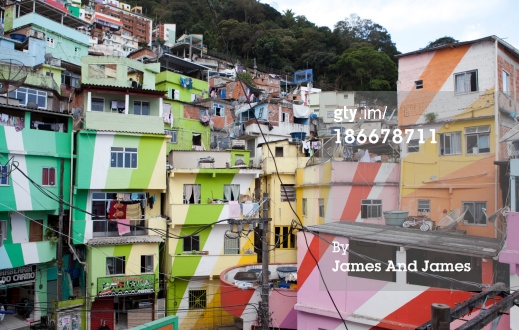
I was just looking at the Getty Images Micro site for the World Cup, a special games-related ordering section. Obviously the extravaganza represent a huge money making opportunity for the image supplier, what with the worldwide coverage spanning an entire month. To supplement news stories, the site offers imagery in three categories, “culture,” “venues and host cities,” and a section called “establishers.” This section offers images that encourages publishers to take their “audience on a journey… with establishing shots of Rio” and the rest of Brazil.
What’s interesting in the coverage of these mega-sports spectacles is the media pivot, that moment when the protests, social problems and the social disequilibrium of the games — in Brazil’s case, the displacement, debt, and defense — suddenly gives way to the idealized, romanticized and intensely branded and corporatized atmosphere of futbol-mania and Brazil-mania. Certainly, a peek at the “establisher” section offers you all the skin, sea, revelry and tourist highlights you can possibly imagine. What’s interesting, too, is was how the poverty and the favelas themselves are also exoticized. This is accomplished in one of two ways. Either the slums are framed as colorful and physical curiosities, or residents are framed as so in love with soccer that that passion overwhelms all else.
The Guardian offered this caption from the lead photos above:
Santa Marta, the first Rio favela to be ‘pacified’ by police in 2008, was brightened up by the brilliant Favela Painting art project, created by Dutch duo Haas & Hahn. Thirty-four houses in the main square were painted in a rainbow of bright colours to help boost pride in the community.
Widely published, this photo the photo from Santa Maria captures the visual and linguistic rhetoric used to reframe the gritty favela life: they’re “colorful.”
That’s also the description for the second image, this favela also not otherwise identified by its actual name.
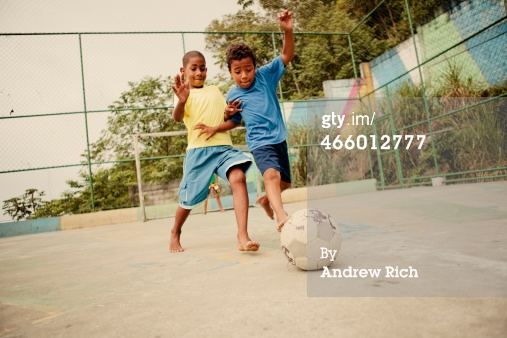
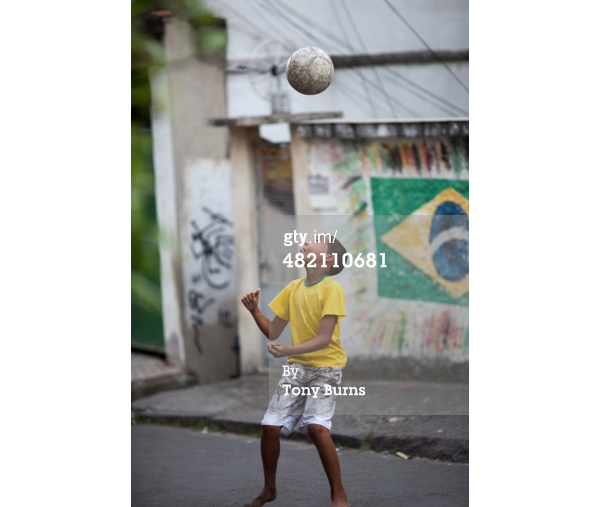
Besides the photo of these two boys from an unidentified favela fighting for a ball (it’s also part of Getty’s “slum package“), or the boy in the soccer shirt against the Brazilian flag painted on the wall (never mind his town, too, just referred to as a favela, is also unidentified) you can see the same strategy employed in Dr. Dre’s 5 minute star studded World Cup preview video that he made for a headphone manufacturer.
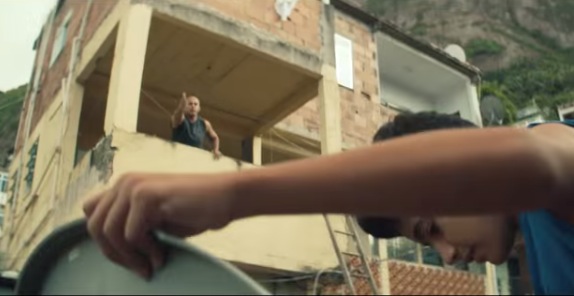
In the shots taken in a favela, you can see, as the soccer frenzy begins to take hold, a kid making sure that a satellite dish is set up on a street surrounded by decrepit buildings.
Forget about the fact that soccer, and allegiances to local teams reflect intense divisiveness and turf war, as chronicled in this recent Rolling Stone article. The message to the world, once the the broadcast and the media and the sponsorship dollars get rolling, is that, even in the slums, love of the game conquers all.
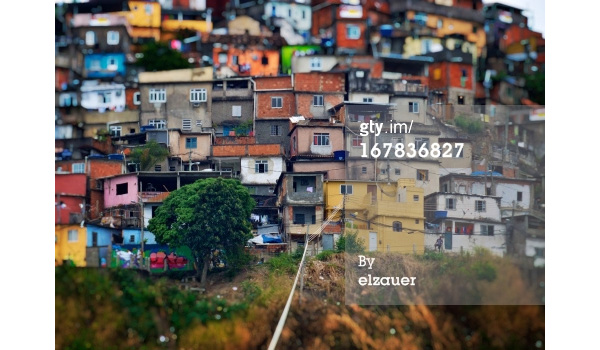

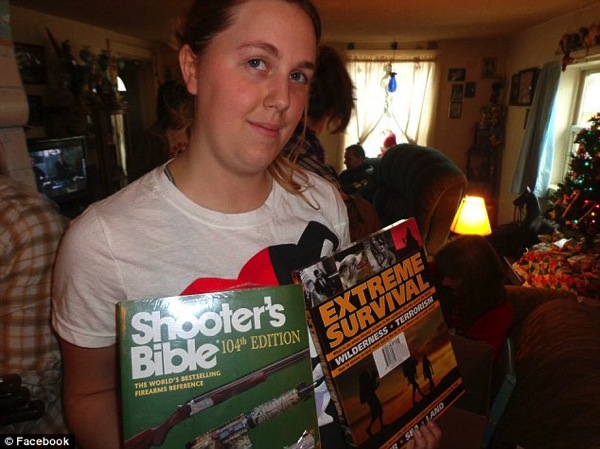
Reactions
Comments Powered by Disqus